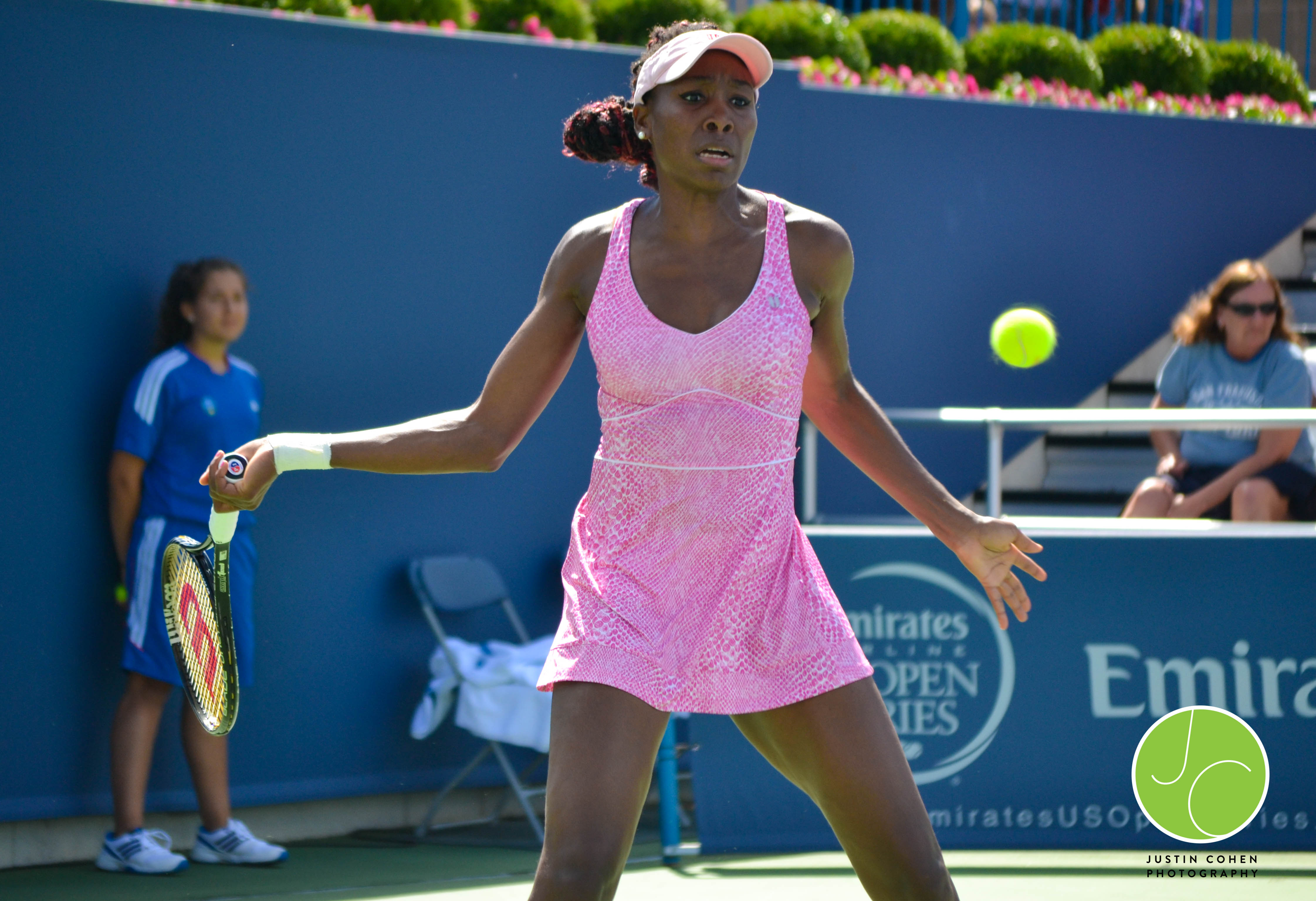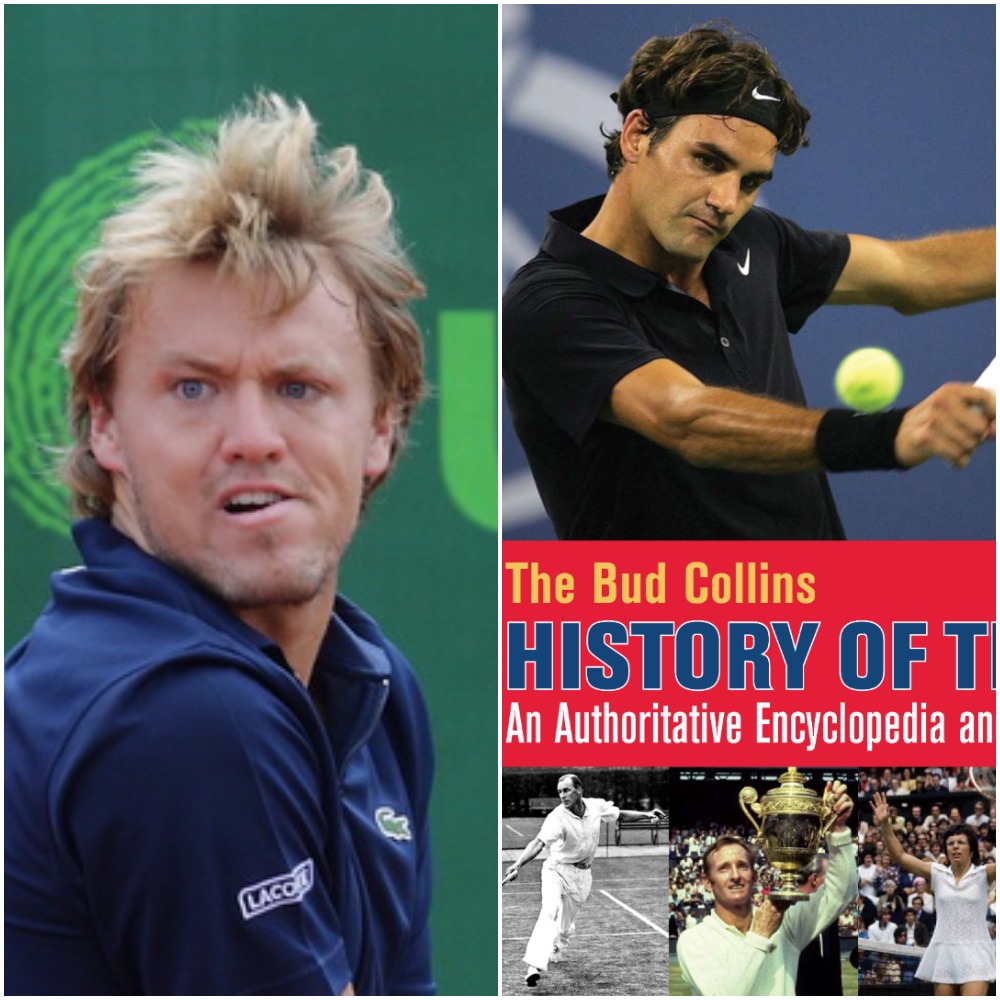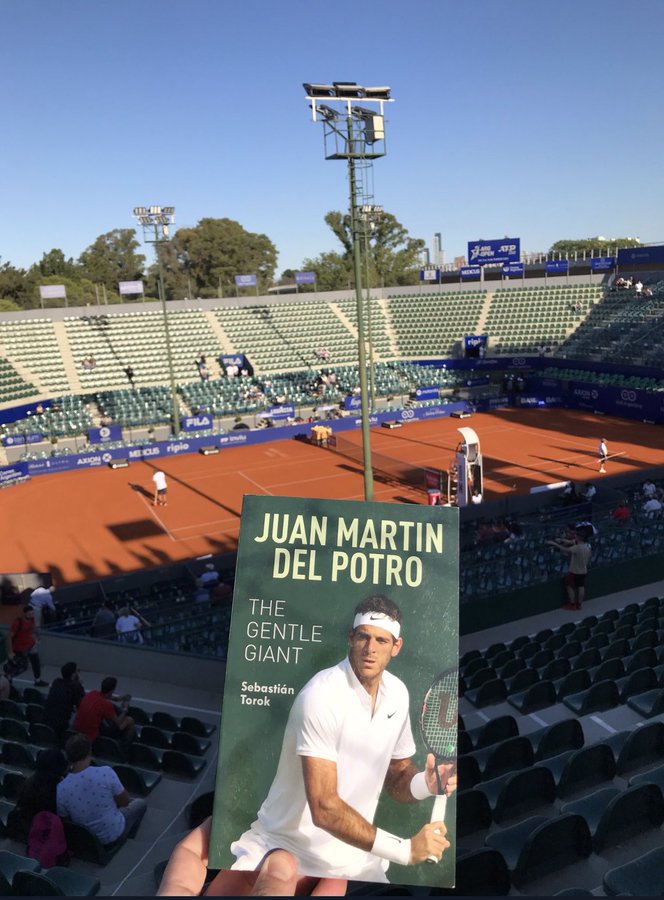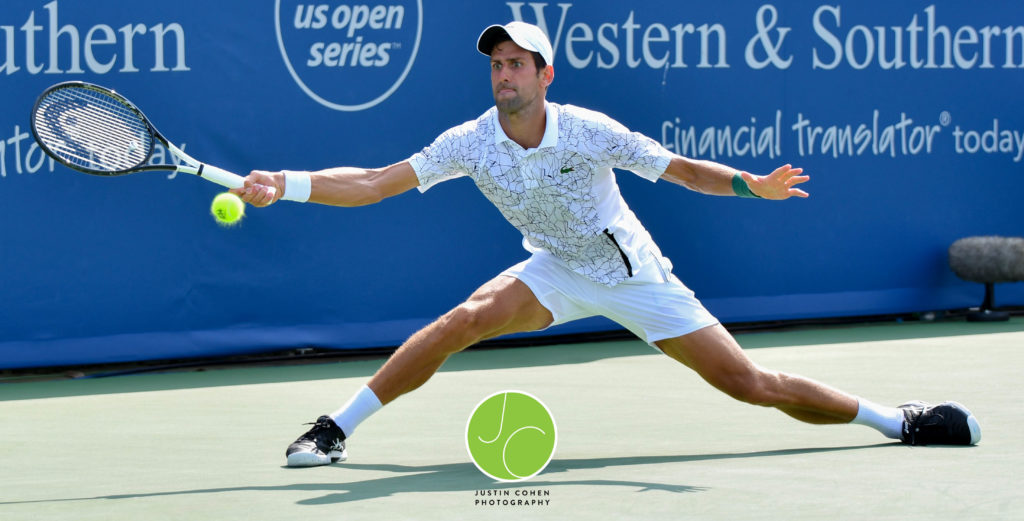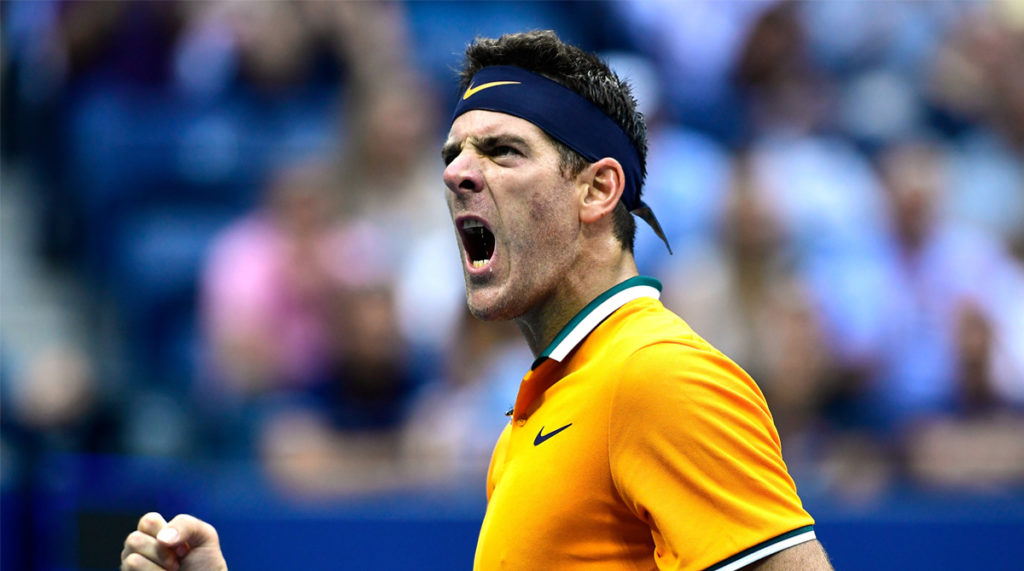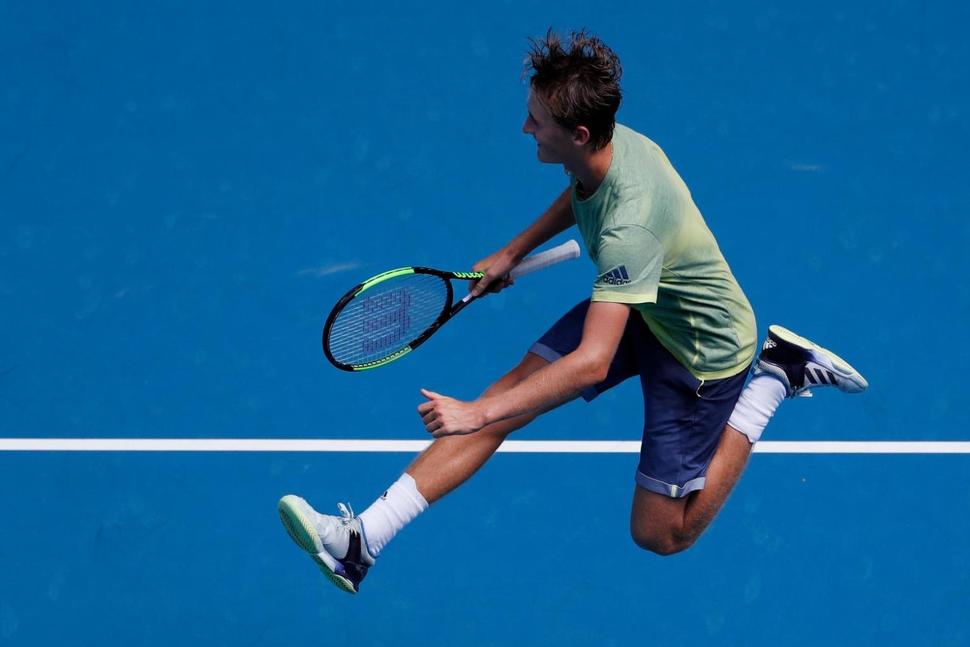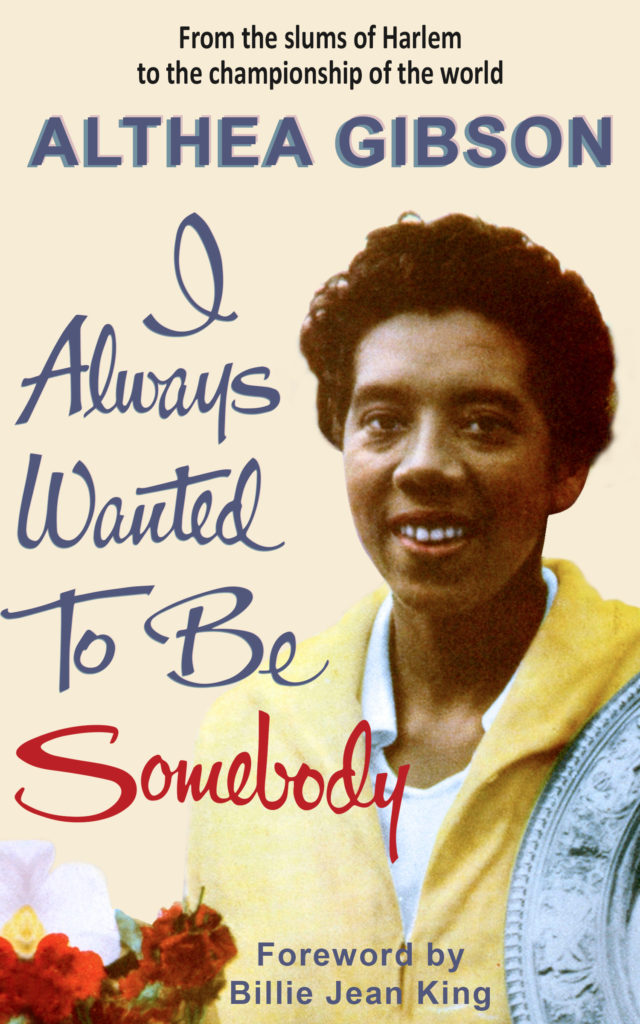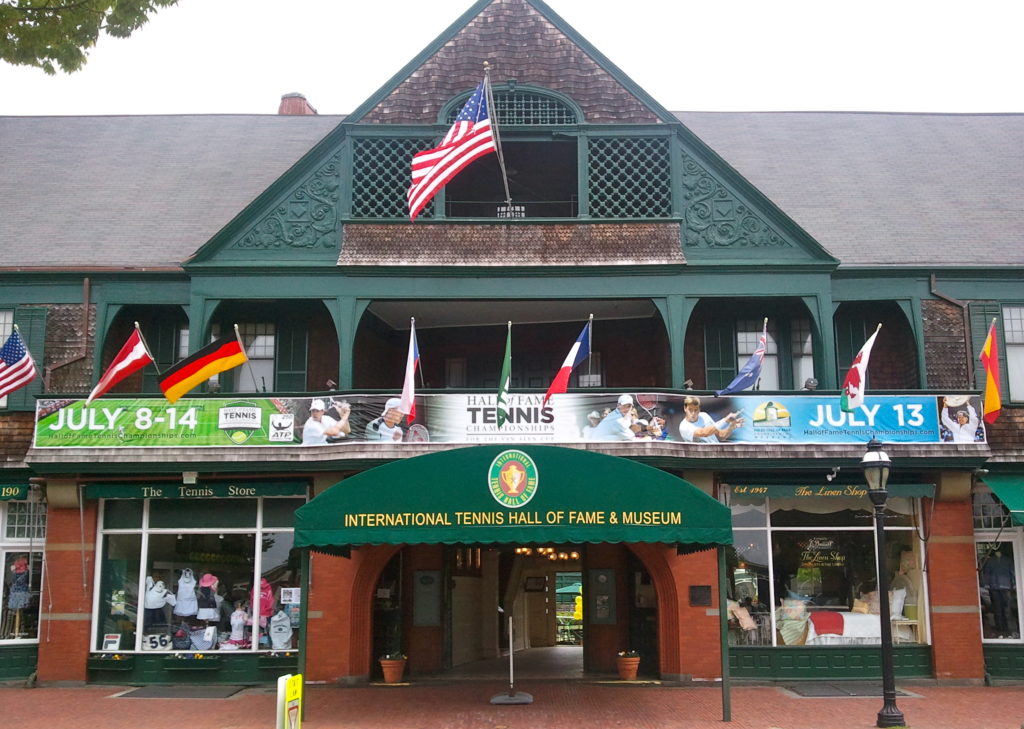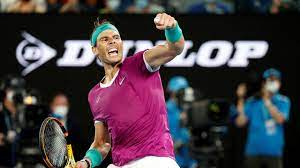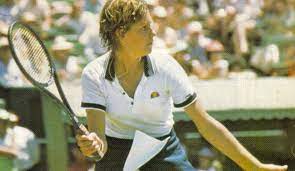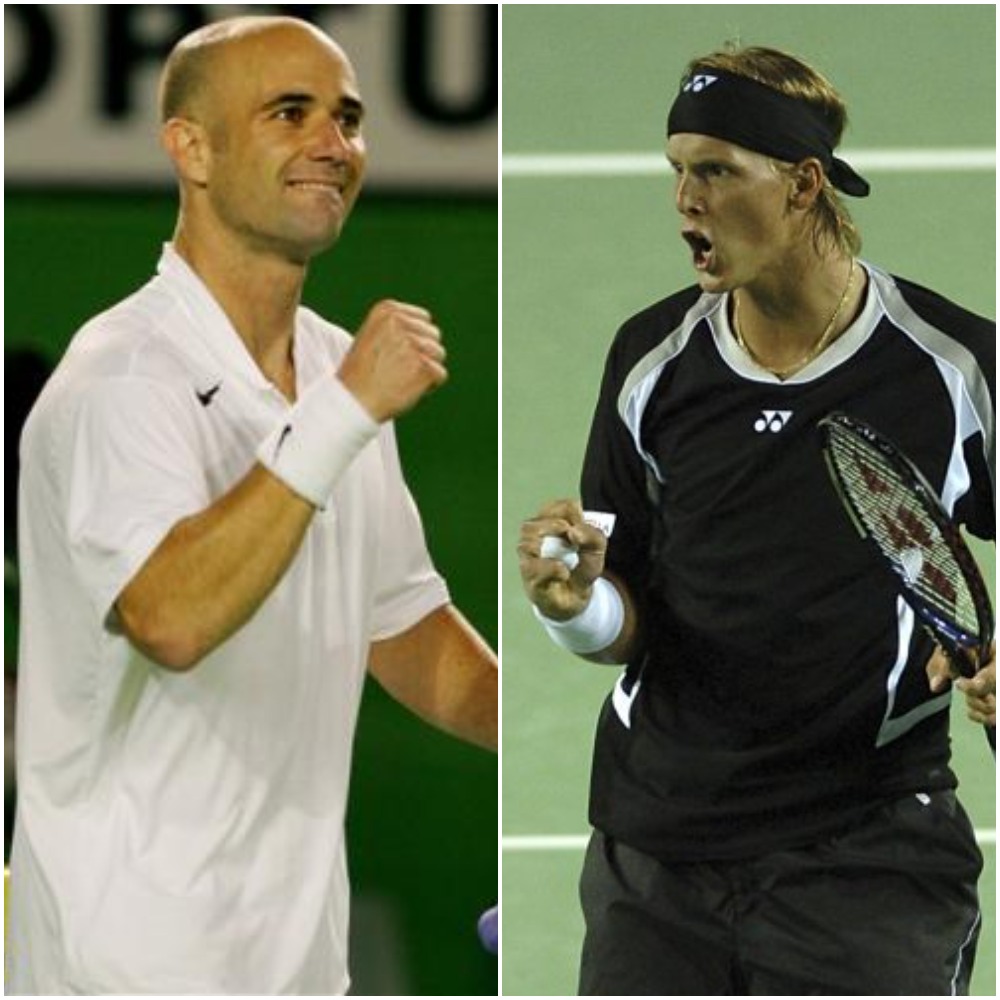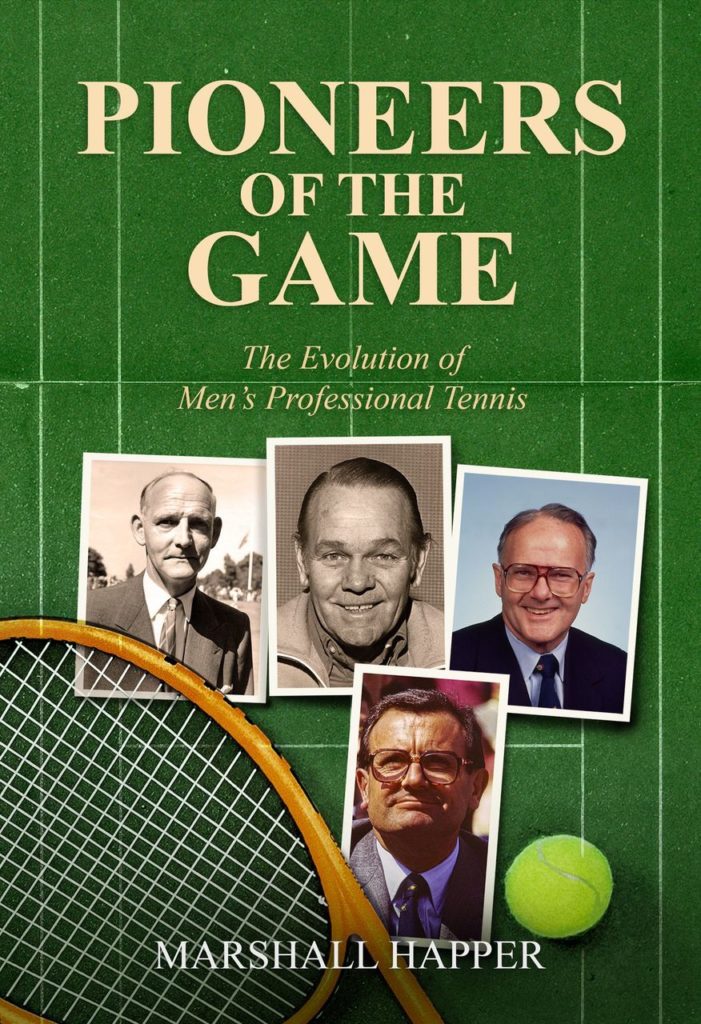Venus Williams looks set to make a sensational return to the court after she recently revealed via social media she plans to head back onto the WTA tour in the near future.
The 41-year-old hasn’t played since the WTA tournament in Chicago back in August 2021 as she’s been struggling with a leg injury. CBS reported that was why she pulled out of playing in the U.S. Open last year; despite that, Williams was offered a wildcard spot for the Australian Open earlier this month, but she didn’t take up the offer citing her lack of fitness as the cause for her latest withdrawal.
However, fans soon forgot any disappointment arising from her not traveling to the Southern Hemisphere when she announced her plans to be back on the court soon. It’s huge news for the tennis world to see the return of the former world number one, who has won seven major singles titles and Olympic gold medals in her career to date.
Williams took to Instagram to speak to fans, and when one of them questioned her about a possible return to play and her fitness, she said: “I’m doing great. More than anything, I am, guess what? Gearing to get back on tour. Can’t wait.”
It’s fantastic for the sport to see her aiming to come back, although as she’s only currently ranked 464 in the world, Williams is unlikely to be amongst the frontrunners in the tennis markets from Ladbrokes for a Grand Slam title this year. Not only because she’s missed a great deal of tennis, but her recent record hasn’t been the most spectacular. In the ten tournaments she played in 2021 before picking up her leg injury, she only won three games and lost nine and was on a six-game losing run before winning her first-round match at Wimbledon in July.
For Venus’ sister, Serena, the last year hasn’t been the best either. The most successful women’s tennis player in the modern era has also slipped down the rankings; at the time of writing, she’s dropped out of the top 200 players in the world. However, like her older sibling, she’s not prepared to hang up her racquet just yet.
Serena has had recent struggles with injury, which meant she also couldn’t feature in Australia, making it the first time that neither of the sisters had played in the tournament since 1997. Although she hasn’t been on the court since withdrawing in the first round at Wimbledon with her ankle injury, Serena is still considered one of the greats by a legend of the game, John McEnroe. The former U.S. Open champion anticipates Serena coming back strong and wouldn’t discount her from being amongst the frontrunners in a Grand Slam this year. It could prove interesting if she does as Serena still aims to surpass the record of 24 Grand Slam wins set by the Australian Margaret Court back in 1973 before she ends her career.
While their current rankings would suggest that neither of the sisters will trouble the current crop of champions, it’s impossible to dismiss the pair who have won 30 titles between them, making 2022 a real year to remember.
